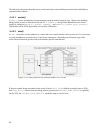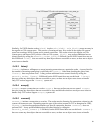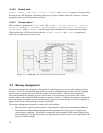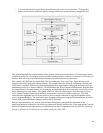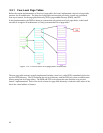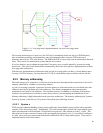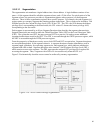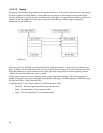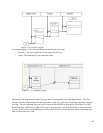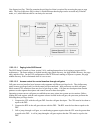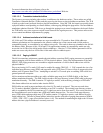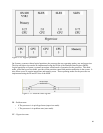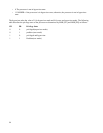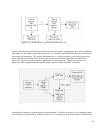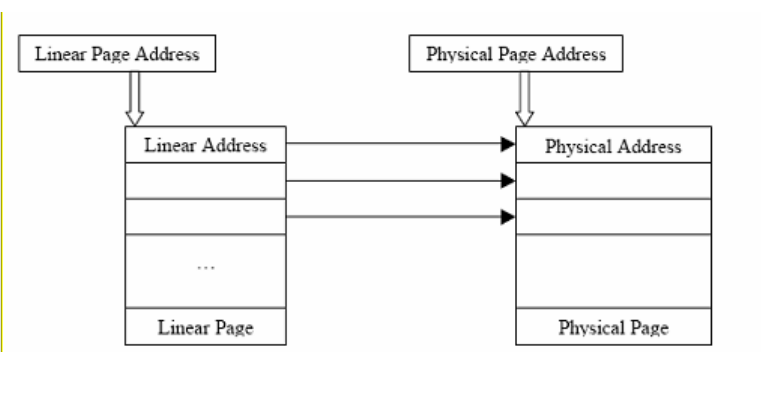
5.5.2.1.2 Paging
The paging unit translates linear addresses into physical addresses. It checks the requested access type against
the access rights of the linear address. Linear addresses are grouped in fixed-length intervals called pages.
To allow the kernel to specify the physical address and access rights of a page instead of addresses and access
rights of all the linear addresses in the page, continuous linear addresses within a page are mapped to
continuous physical addresses.
The paging unit sees all RAM as partitioned into fixed-length page frames. A page frame is a container for a
page. A page is a block of data that can be stored in a page frame in memory or on disk. Data structures that
map linear addresses to physical addresses are called page tables. Page tables are stored in memory and are
initialized by the kernel when the system is started.
The System x supports two types of paging: regular paging and extended paging. The regular paging unit
handles 4 KB pages, and the extended paging unit handles 4 MB pages. Extended paging is enabled by setting
the Page Size flag of a Page Directory Entry.
In regular paging, 32 bits of linear address are divided into three fields:
• Directory: The most significant 10 bits represents directory.
• Table: The intermediate 10 bits represents table.
• Offset: The least significant 12 bits represents offset.
88
Figure 5-29: Contiguous linear addresses map to contiguous physical
addresses



